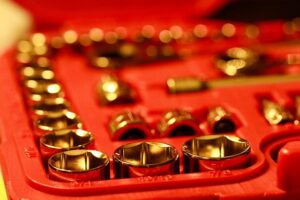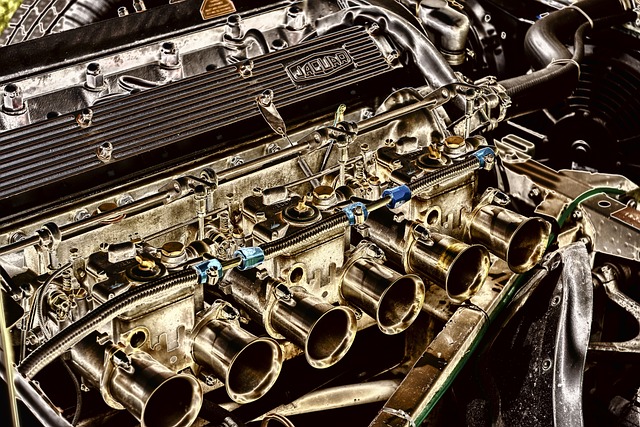
When conducting nighttime vehicle diagnostics, flashlights for mechanics are crucial tools that ensure visibility and precision. A high-quality automotive mechanic flashlight should be durable, with a resilient construction to withstand professional use, featuring LED technology for energy efficiency and longevity. It must offer both a focused beam for detailed inspections and an adjustable focus or zoom function for versatility. The user interface should be intuitive for one-handed operation, with additional features like multiple brightness levels, impact-resistant lenses, and moisture protection. Ergonomic design elements are important for a secure grip, and some flashlights can have attachable stands or magnetic bases to keep hands free. Regular maintenance, such as cleaning the lens, inspecting seals, following charging instructions for rechargeable models, and storing them properly, is essential to ensure these flashlights remain reliable, especially in emergencies. Testing them occasionally helps in catching any issues early on, thus guaranteeing a dependable light source when working under the hood at night.
When darkness falls, a reliable flashlight becomes an indispensable tool for mechanics conducting nighttime vehicle inspections. The right lighting can reveal critical details in car diagnostics, enhancing safety and precision. This article illuminates the significance of high-quality flashlights for mechanics, known as ‘Flashlights For Mechanics’, and guides you through selecting the best models. We’ll explore key features, review top-rated options, dissect what constitutes an ideal light for detailed car diagnostics, and provide best practices for effective illumination in every vehicle compartment. Additionally, we’ll cover maintenance tips to ensure your mechanic’s flashlight remains a steadfast companion under the cover of night. With these insights, you’ll navigate the dark with confidence and efficiency.
- Understanding the Importance of Quality Flashlights for Mechanics in Nighttime Vehicle Inspections
- Key Features to Look for in a Flashlight Tailored for Automotive Professionals
- Top-Rated Flashlights for Mechanics: A Comprehensive Review and Comparison
- The Anatomy of an Ideal Flashlight for Detailed Car Diagnostics at Night
- Best Practices for Using Flashlights During Nighttime Vehicle Inspections
- Navigating the Dark: Tips for Effective Lighting in Various Car Compartments
- Maintenance and Care for Your Mechanic's Flashlight to Ensure Long-Term Reliability
Understanding the Importance of Quality Flashlights for Mechanics in Nighttime Vehicle Inspections

When night descends, mechanics rely on reliable lighting to navigate the complexities of vehicle inspections. A high-quality flashlight for mechanics is not just a tool; it’s an indispensable ally in ensuring precision and safety during these critical assessments. The illumination provided by a subpar flashlight can lead to missed details or errors, potentially compromising both the vehicle’s integrity and the technician’s well-being. A robust flashlight for mechanics, such as those with LED technology, offers a clear, focused beam that penetrates the shadows of an engine bay. This clarity is crucial when examining intricate components or tight spaces where dark corners can conceal critical issues. Moreover, a durable flashlight designed for professional use can endure the demanding environment of an auto repair shop, withstanding drops, vibrations, and exposure to various fluids without faltering. Mechanics must consider the luminosity, battery life, and durability of their flashlights to ensure they have the right tool at hand when every detail counts in the realm of vehicle maintenance and inspection. Investing in a top-tier flashlight for mechanics is a decision that supports a mechanic’s ability to perform at their best, especially under the constraints of nighttime conditions.
Key Features to Look for in a Flashlight Tailored for Automotive Professionals
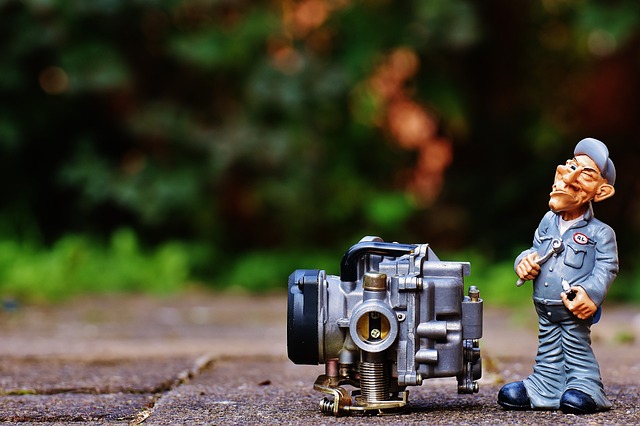
When selecting a flashlight specifically designed for automotive professionals, particularly mechanics, there are several key features that should be considered to ensure optimal performance during vehicle inspections at night. Firstly, the brightness level is paramount; a high-lumen output is essential for penetrating dark spaces and illuminating engine bays, undercarriages, and interiors effectively. A flashlight for mechanics should ideally offer at least 500 lumens, with higher outputs available for even greater visibility.
Secondly, durability is a critical factor. Mechanics often work in challenging environments, so the flashlight must be built to withstand tough conditions. A robust construction with a sturdy body and impact-resistant materials like aluminum can protect against drops and falls. Additionally, a solid design will ensure that the flashlight remains securely in hand during rigorous tasks. Water resistance is also important, as it safeguards the device from fluids and wet conditions typically encountered under a vehicle or in an outdoor setting. Features such as a focusable beam, which allows for both a wide floodlight effect and a tight spotlight for pinpointing specific areas, further enhance the utility of a flashlight for mechanics. Lastly, consider the inclusion of special LED filters that can isolate certain colors for checking specific components like ABS sensors or battery diagnostics. These features collectively make a flashlight an indispensable tool for automotive professionals conducting vehicle inspections at night.
Top-Rated Flashlights for Mechanics: A Comprehensive Review and Comparison
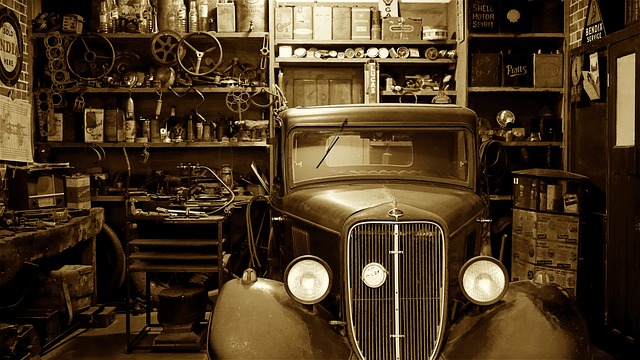
When it comes to conducting thorough vehicle inspections at night, mechanics require flashlights that are both reliable and robust. A high-quality flashlight for mechanics not only illuminates dark spaces but also aids in diagnosing issues with precision. In our comprehensive review and comparison of top-rated flashlights for mechanics, we’ve evaluated several models based on their luminosity, battery life, durability, and versatility. The Streamlight 63501 Flashlight, for instance, stands out with its high-performance LED that outputs 425 lumens, which is sufficient for lighting up engine bays or undercarriages without fail. Its C4 LED technology ensures a focused beam with optimum intensity, making it an excellent choice for close-range tasks. Another top contender is the Milwaukee 2340-20 M18 Flashlight, which boasts a remarkable output of up to 1,750 lumens and is powered by a rechargeable battery, providing ample power for extended use. Its high-performance LED provides a broad and localized beam, ideal for various applications, from inspecting tight spaces to illuminating large areas. Both flashlights are designed with the mechanic’s needs in mind, offering rugged construction that can withstand the demands of a busy workshop environment. Mechanics will appreciate the tactical-grade aluminum bodies and impact-resistant designs that these flashlights offer, ensuring that they remain operational even under the toughest conditions. When selecting the best flashlight for vehicle inspections at night, it’s crucial to consider the features that align with the specific demands of automotive repair work, such as the ability to withstand oil and water exposure or the provision of multiple light modes for different tasks.
The Anatomy of an Ideal Flashlight for Detailed Car Diagnostics at Night
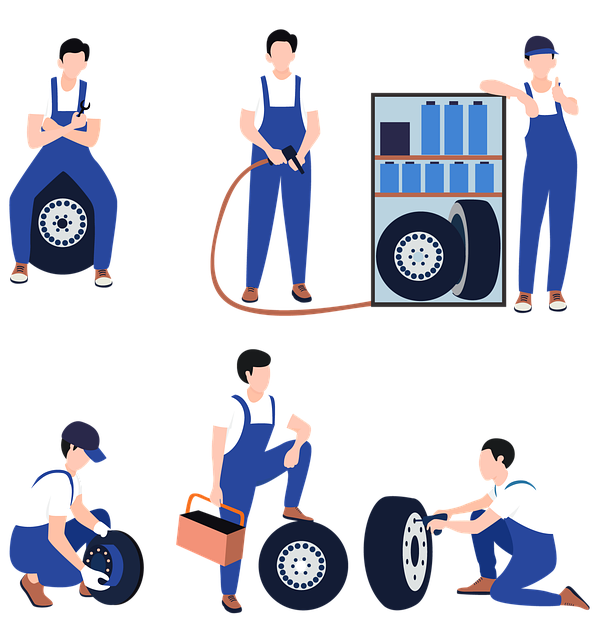
When mechanics embark on detailed car diagnostics at night, an ideal flashlight becomes a pivotal tool in their arsenal of equipment. Flashlights for mechanics must possess several key features to navigate the complex mechanical systems within vehicles efficiently and safely. Firstly, a robust construction ensures durability against the demands of professional use. High-quality materials and a sturdy design can withstand drops or rough handling without compromising functionality.
In terms of illumination, a flashlight for mechanics should offer a high-intensity beam capable of piercing through dark engine compartments and interiors. LED technology is often preferred due to its longevity and energy efficiency; it provides a bright, focused light that can reveal intricate details without causing excessive glare. A variable focus or zoom feature allows the beam to be adjusted from a floodlight for broader areas to a spotlight for pinpointing specific components. Additionally, a flashlight designed for vehicle inspections should have a well-thought-out user interface with an intuitive switch mechanism that facilitates easy operation with one hand, freeing the other to handle tools or car parts. Features such as multiple brightness settings and a securely fastened lens protect against impact and moisture, making flashlights for mechanics not only reliable but also versatile under various environmental conditions. With a comfortable grip and possibly a hands-free stand, these flashlights become indispensable for any mechanic conducting nighttime vehicle inspections or repairs.
Best Practices for Using Flashlights During Nighttime Vehicle Inspections
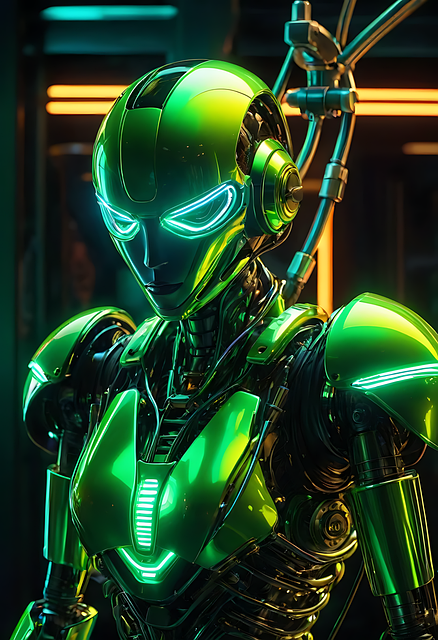
When conducting nighttime vehicle inspections, flashlights for mechanics play a pivotal role in ensuring visibility and accuracy. The right flashlight can illuminate hard-to-reach areas without causing glare or overexposing other parts of the vehicle. Mechanics should opt for high-quality flashlights with focused beams that can pierce through dark engine bays or undercarriages. A handheld model with a durable design, preferably with a rubber grip to prevent slipping, is ideal for maneuvering in tight spaces. To maximize the effectiveness of the light source, it’s beneficial to use a flashlight with adjustable intensity settings, allowing mechanics to switch between bright and dim modes depending on the task at hand. This not only helps in saving battery life but also in preventing the overstimulation of the mechanic’s eyes when working in close proximity to sensitive components.
Moreover, safety should be a top priority during nighttime inspections. Mechanics should always use flashlights with LED technology for longevity and energy efficiency. Additionally, incorporating red or green filter lenses can minimize the impact of bright light on the mechanic’s night vision, which is crucial when moving around in a dark environment. It’s also advisable to utilize flashlights with hands-free capabilities, such as clamp or magnetic bases, to keep the mechanic’s hands free for the task. By adhering to these best practices, mechanics can enhance their efficiency and precision while ensuring their safety during nighttime vehicle inspections with flashlights for mechanics.
Navigating the Dark: Tips for Effective Lighting in Various Car Compartments
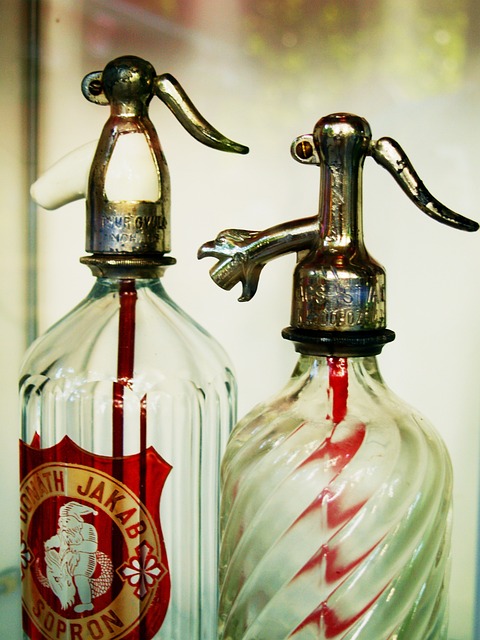
When conducting vehicle inspections at night, mechanics rely heavily on portable and reliable lighting sources to navigate the dark and identify car components effectively. A flashlight for mechanics isn’t just a tool; it’s an indispensable companion that illuminates even the most hidden nooks and crannies of a vehicle. To ensure optimal visibility, consider these tips tailored for different car compartments:
For the engine bay, a high-intensity flashlight with a focused beam is ideal. The robust construction of flashlights designed for mechanics can endure the rough conditions of an engine compartment. A beam that can cut through the darkness will reveal even the smallest leaks or damaged components. Adjustable focus options are particularly useful here, as they allow mechanics to switch between a tight beam for precise work and a wider beam for overall inspection.
Underneath the car, a hands-free flashlight can be invaluable. Models with magnetic bases or standalone tripods enable mechanics to place the light exactly where it’s needed without the need for free hands. This setup is perfect for inspecting hard-to-reach areas like the suspension, exhaust system, and brake components. LED flashlights are particularly advantageous due to their durability and long battery life, ensuring that the inspection continues uninterrupted even in prolonged use. By combining the right flashlight with these practical tips, mechanics can enhance their nighttime inspections, leading to more accurate diagnoses and efficient repairs.
Maintenance and Care for Your Mechanic's Flashlight to Ensure Long-Term Reliability
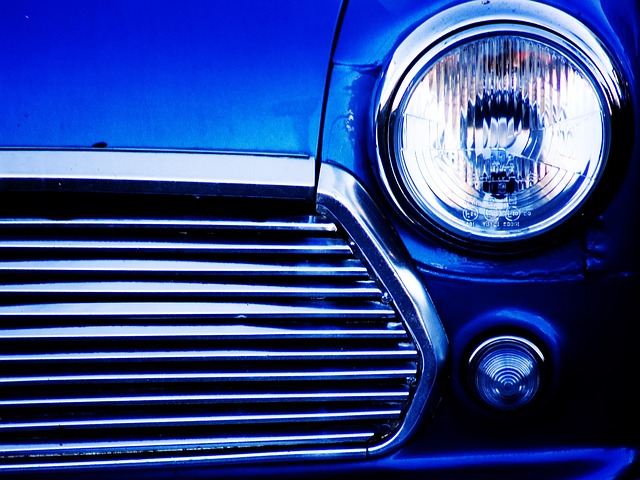
Maintaining a flashlight specifically designed for mechanic’s use requires diligent care and routine checks to ensure its long-term reliability, especially during nighttime vehicle inspections. Regular cleaning of the flashlight’s lens and reflective surfaces is crucial to prevent glare and maintain optimal light output. The lens should be wiped with a soft, lint-free cloth to remove any dirt or grime that could scatter light and reduce visibility. It’s also important to inspect the O-rings and seals for wear, as these components are vital in preventing moisture and dust intrusion—key factors in preserving battery life and preventing condensation buildup within the flashlight.
For flashlights for mechanics, particularly those with rechargeable batteries, it’s essential to follow manufacturer-recommended charging procedures. Overcharging can shorten battery lifespan, while undercharging may leave the flashlight powerless when most needed. Storing the flashlight in a cool, dry place away from direct sunlight or extreme temperatures will further extend its service life. Regularly checking the battery level before and after each use is a good habit to form, as it ensures that the flashlight is ready for immediate action during critical inspections at night. Additionally, periodically testing the flashlight’s operation, including its brightness levels and beam focus, can help detect any potential issues before they lead to failure in critical situations. Taking these maintenance steps not only prolongs the flashlight’s lifespan but also guarantees a dependable light source for mechanics during their essential nighttime vehicle inspections.
In conclusion, a high-quality flashlight is an indispensable tool for mechanics conducting nighttime vehicle inspections. The right flashlight not only enhances visibility and precision in dark car compartments but also ensures safety and efficiency. When selecting from the best flashlights for mechanics, one must consider factors such as lumen output, battery life, durability, and beam focus. Our review of top-rated options has highlighted models that excel in these areas, catering to the specific needs of automotive professionals. By adhering to best practices for their use and maintaining them properly, these flashlights become a reliable extension of a mechanic’s skillset, capable of navigating the complexities of car diagnostics under any light conditions. With the insights provided, mechanics can confidently choose from flashlights for mechanics that suit their needs, ultimately leading to better service and maintenance of vehicles at night.

